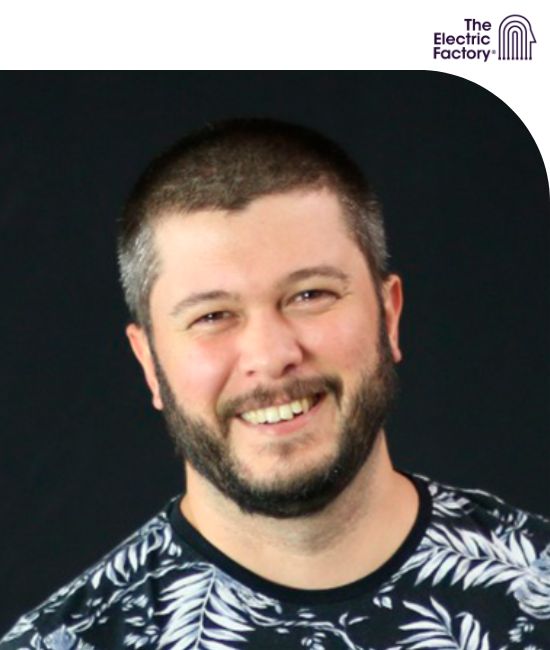02:30 PM - 02:55 PM
Description
Showcasing the importance of a 3D real-time visualization to improve your workflow in different industries.
Speakers
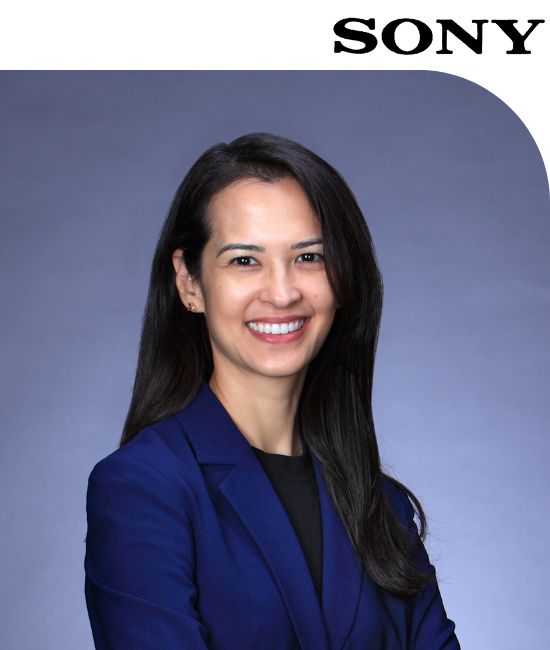
Related Sessions
11:00 AM - 11:25 AM
Description
Soon, we will be able to use 5G and visual positioning system (VPS) technology to create immersive applications in a city-scale environment. Such dynamic XR applications on city scale will rely on extreme wireless performance and network awareness. Jasmeet and Matias will emphasize and explain how Ericsson is collaborating with the XR startup ecosystem and players like Immersal via its Startup5G program to help creators and brands understand wireless network capabilities and to scale up these applications and create a vibrant XR ecosystem that can drive economic growth and enhance the user experience for everyone. They will also describe the interesting business potential of technology like 5G and VPS for location-based services, such as navigation and advertising in real world metaverse.
Speakers

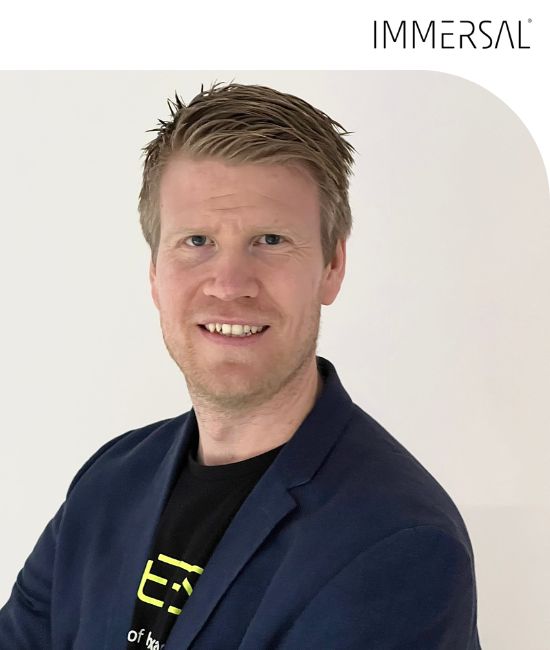
11:30 AM - 11:55 AM
Description
Join the RP1 team to find out how to build your immersive applications faster and deploy instantly to a global audience. Discover how RP1’s new integrated service and protocol architecture delivers a massively multi-user metaverse. Learn how real-time scale and streamable content pipeline enables you to start developing easily.
The RP1 team will show how developers use early-access SDK to create their own tools, services and immersive experiences that already support 100,000 simultaneous VR users in a single, shared world. And how you, too, can get multiplayer and spatial audio out of the box without the restrictions of current siloed platforms.
Speakers


01:25 PM - 01:50 PM
Description
With various companies announcing their support for WebXR, there is an acute need to understand its advantages and disadvantages. How does performance and visual fidelity compare? How do you monetize? Can you even build big projects on the web?
In their talk, Jonathan Hale, CEO & founder of Wonderland, and Lydia Berry, COO of “The Fitness Resort” will answer your pressing questions about VR, AR and MR on the web.
Speakers
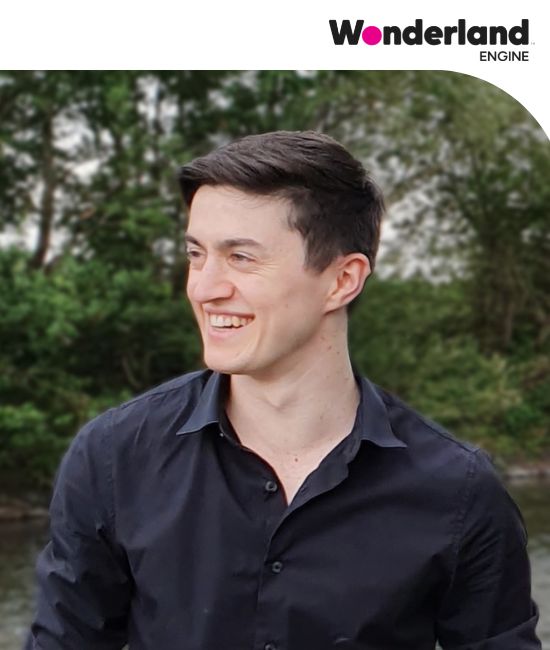

01:55 PM - 02:20 PM
Description
Creating a new reality with Snapdragon Powered Devices: Join Said Bakadir, Sr Director of XR Product Management at Qualcomm Technologies, Inc. as he leads a lively discussion with XR OEMs about the challenges they face and the successes they have achieved in XR.
Speakers
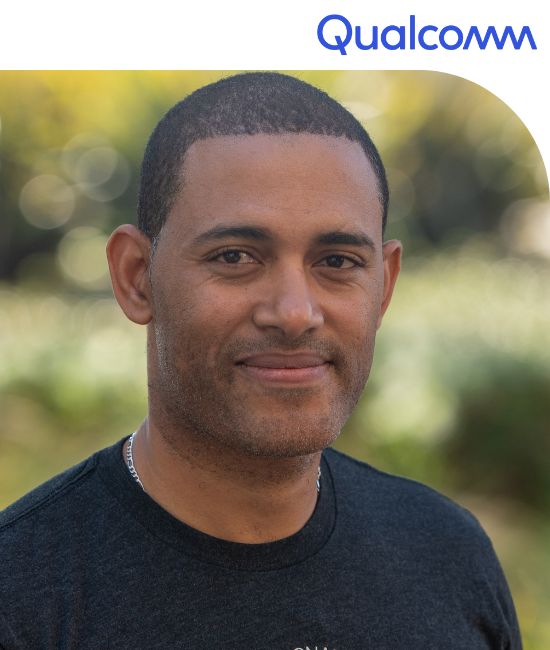
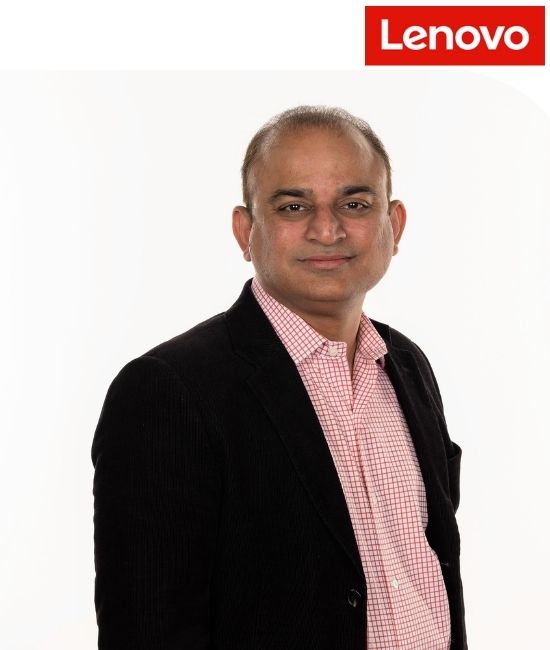
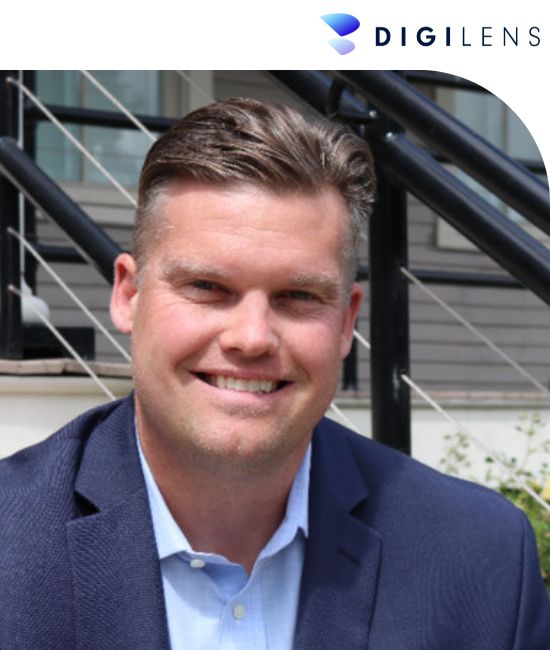

02:25 PM - 02:50 PM
Description
The AR landscape allows us to create unique experiences, but sometimes, we face platform limitations and constraints. Over the years we learned that it doesn’t mean having a lesser result. Your AR experiences could even be greater if you pick the right battles to fight.
We will go over a few projects from The Electric Factory that showcases how shaders, UV tricks, and procedural animations could add more value to your experiences.
We will dive into Talita Hoffman’s project, a 20 feet mural at Meta’s Brazil office with nine fully animated spaces living together in a single AR Filter. With the help of custom-built shaders and procedural animation, we delivered this experience under 3.7 MB with sound design included.
We will also revisit the SpaceJam AR project, a fully animated 360 panorama with 15 animated characters. With procedural animations and a series of UV tricks, we delivered an engaging experience under 1.7 MB with outstanding results.
Let us show you how to augment your reality with the best hacks in the business.
Speakers
